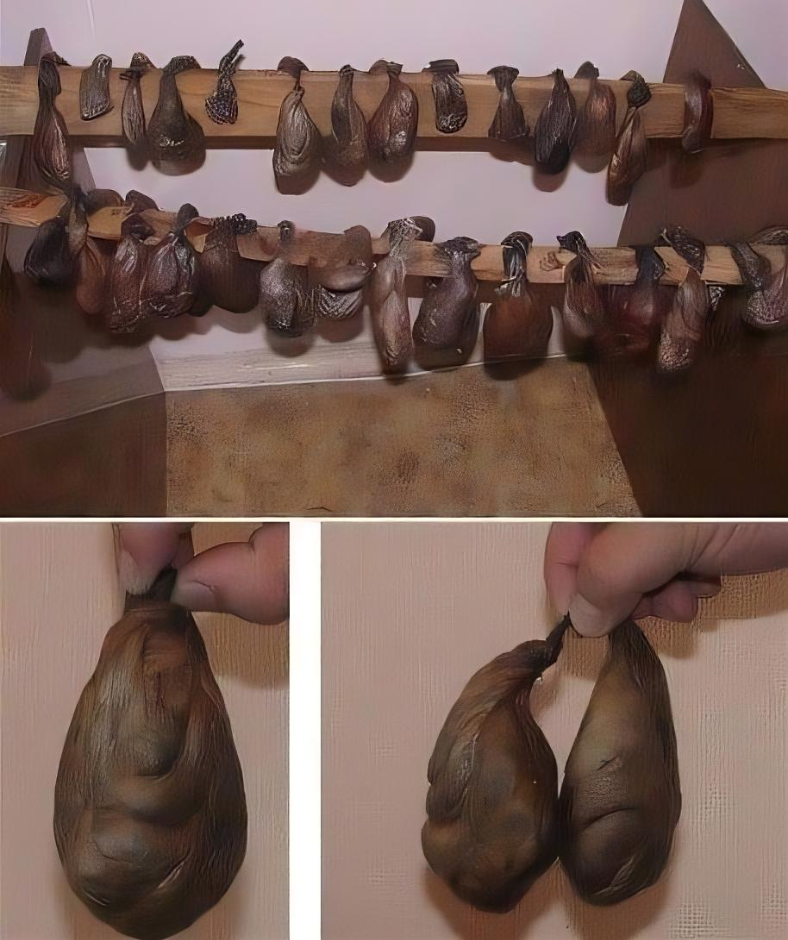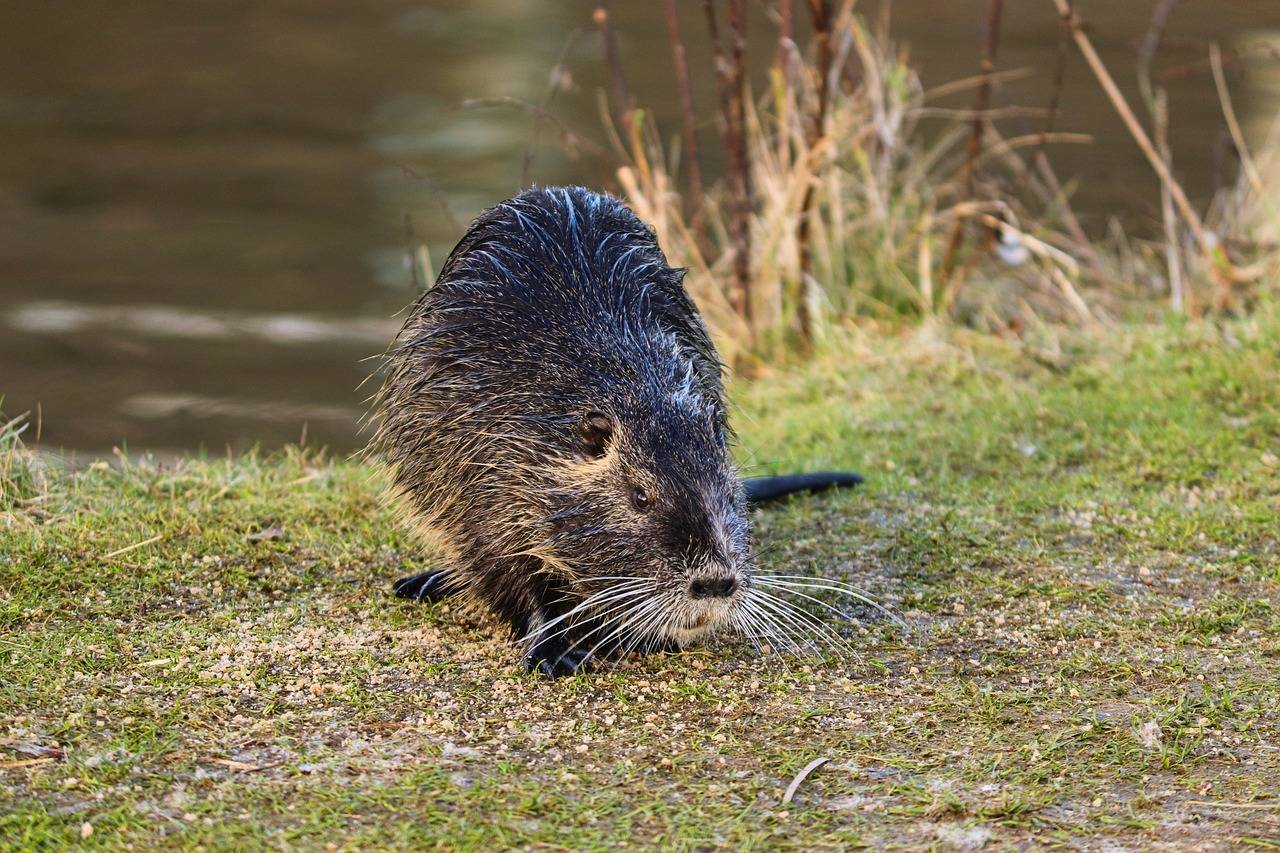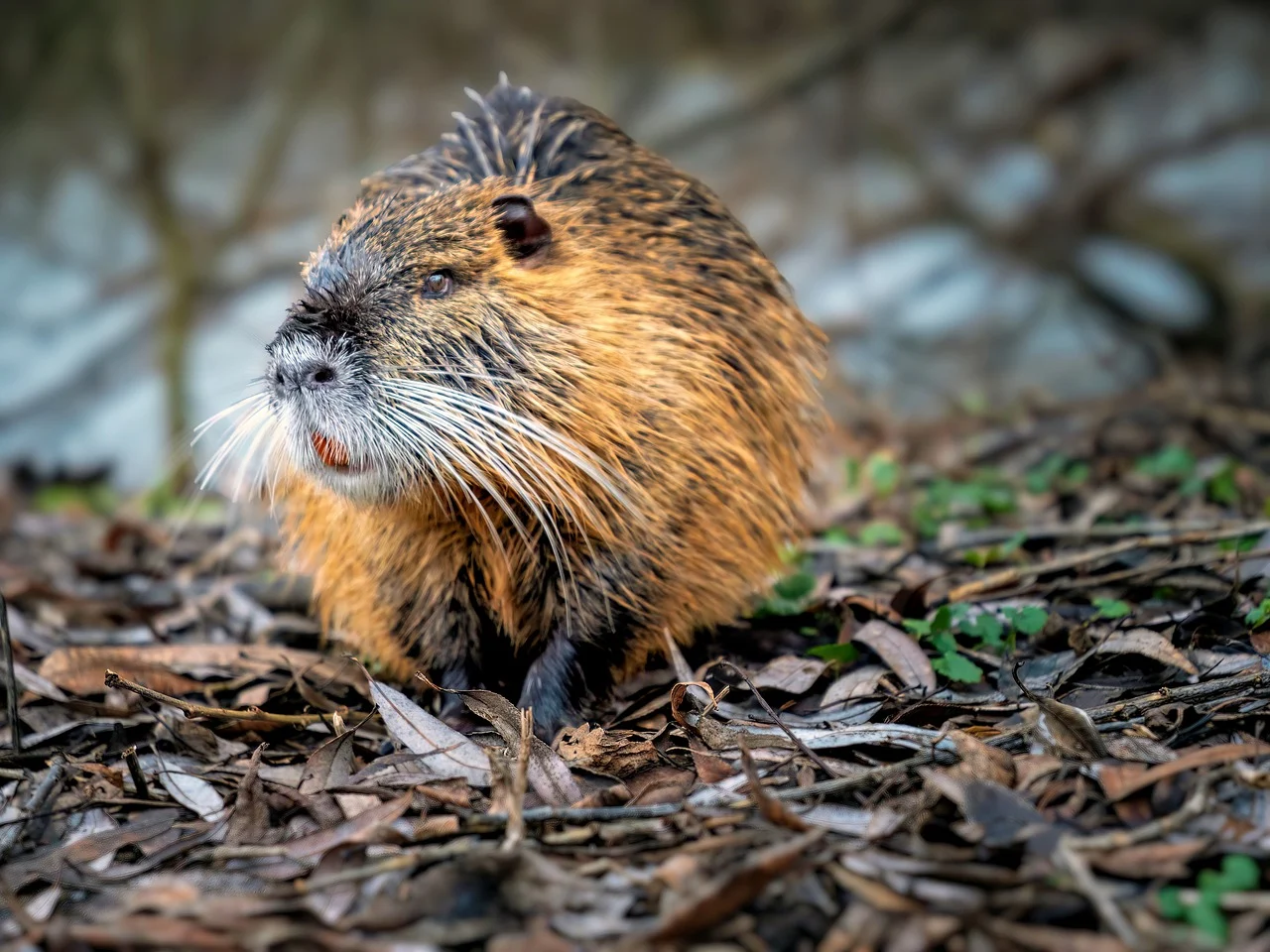Castoreum is a natural flavoring that can be used in vanilla or strawberry-flavored foods. But it’s not a lab-made creation, neither is it a unique-sounding plant. It’s the name of an excretion from the anal castor sacs of beavers. This substance has been used for centuries in medicines and soaps in addition to food. But you won’t find “castoreum” listed as an ingredient in ice cream or strawberry syrup. It’s often grouped under the term “natural flavorings.”
Using Beaver Sac Excretion as a Vanilla Flavoring
However, there’s no need to stress about how much castoreum you may have unknowingly consumed. It’s deemed safe by the FDA, which claimed “a long historical use of castoreum extract as a flavoring and fragrance ingredient has resulted in no reports of human adverse reactions.” But companies avoid it for several reason. For one, it prevents their products from being certified kosher. And even more importantly, it’s costly to use beaver sac excretion.

“In the flavor industry, you need tons and tons of material to work with,” says flavor chemist Gary Reineccius, from the University of Minnesota. “It’s not like you can grow fields of beavers to harvest. There aren’t very many of them. So it ends up being a very expensive product — and not very popular with food companies.”
“Proud to be Castoreum”

Similarly, Michelle Francl, a chemist at Bryn Mawr College, assures people that there’s no chance that beaver excretion of any kind is snuck into foods because of the high costs. Especially when compared to plants like vanilla orchids, which can be grown and harvested on a massive scale.
However, people may use castoreum in niche products like bäversnaps, a Swedish liquor. In those cases, the unique ingredient is proudly advertised. The substance is harvested by trapping and killing beavers before removing their castor glands, which are dried and ground up. Alcohol extracts castoreum, a method similar to how vanilla extract is taken from plants.
Medicinal Uses

Surprisingly, this sac excretion is a versatile remedy used throughout history. It was used to treat stomach upsets, fevers, and mental illnesses, and it was added to soaps and lotions. For a while, cigarettes contained it to enhance the naturally sweet smell. Castoreum contains salicylic acid, which is the pain-killing ingredient in aspirin. As gross as its origin may sound, this substance has its uses.
The discovery of castoreum came during the height of the fur trade, which almost wiped out the beaver population in North America and Eurasia. In fact, the species faced extinction in the 16th century in Europe and the 19th century in North America
How Beavers Use Their Sac Excretion

Of course, sac excretion is helpful for the beavers themselves. They use it to mark their territories, although the males in beaver families usually take charge of this task. They also use it to identify family members since each beaver’s sac scent differs. The substance also makes their tails and fur more slick and water-resistant.
Your Vanilla Ice Cream is Safe

Their diet of leaves, bark, and other bits of fauna are responsible for the sweet-smelling vanilla aroma. But don’t worry about finding castoreum in your food under the innocent-sounding label “natural flavorings.”


